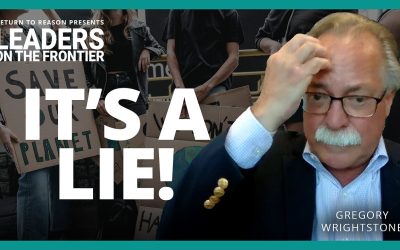Huy Fong has been ordered to cease any odor emitting production by a California judge. This could lead to a shortage of their wildly popular Sriracha hot sauce. While foodies are upset, residents who sought the injunction against Huy Fong appear to have a legitimate complaint. Odors from grinding chilis appears to have caused many residents to experience headaches, sore throats, burning eyes, and other health issues. Assuming that Huy Fong production is leading to these problems, some sort of action should be taken to deal with the externalities. While a regulatory approach is the simplest solution, a non-regulatory approach could well be preferable. Two contrasting approaches have been offered by economists Ronald Coase and Arthur Pigou. Each provides an approach that would likely be more sensible than a heavy handed injunction. Good arguments can be made for each approach to mitigating externalities, though the Coasean approach seems like the ideal solution in this particular case.
Ronald Coase argued that if transaction costs are zero, assigning property rights could solve the problem of externalities. Relying on a property rights approach would force parties to negotiate to find a solution. If one party’s ability to enjoy its property was compromised by the other, the offending party could negotiate a settlement to convince the other to allow them to continue imposing that externality. Alternatively, the cost could be prohibitive, in which case production may need to cease. However, the assumption of zero transaction costs is a theoretical abstraction. There is a cost to such bargaining. That is particularly true when many parties are involved, as is the case with the Sriracha plant. Many residents are affected, and they wouldn’t all be content with the same compensation level.
Arthur Pigou’s solution to externalities was very different, though also relies on an economic rather than a regulatory approach. Pigou’s idea was to impose a tax on externalities such as air pollution. Rather than having regulators determine how much each producer is allowed to pollute the air, firms are instead left to decide how much they value the ability to pollute. Firms might decide to simply pay the cost of existing pollution levels, invest in production methods that result in less pollution, or they could scale back or shut down production.
One might argue that the Pigouvian approach is superior to the Coasean approach, since negotiating how much each firm can pollute is inefficient. However, the Coasean approach gives more flexibility to local residents to determine how much pollution they are willing to accept. Additionally, it recognizes that differing pollution levels have differing impacts based on location. Huy Fong production may be unacceptable because of its location, but a firm that emits similar odour levels further away from residential land could be perfectly acceptable. A Coasean approach could incentivize more production to take place further away from residential land without changes to zoning laws and without injunctions.
It could be the case that some combination of Coasean and Pigouvian tools might be optimal. However, this particular case seems to warrant a Coasean solution. A few hundred local residents could surely come to some sort of compromise that would be more acceptable to all parties than simply shutting down production.
Whatever one thinks of Pigouvian and Coasean approaches to environmental policy, the Huy Fung case is an excellent case study for weighing these two approaches.
For a more comprehensive discussion of Coase and Pigou, see Nonregulatory Approaches to the Environment: Coasean and Pigouvian Perspectives by H. Spencer Banzhaf, Timothy Fitzgerald, and Kurt Schnier in the Review of Environmental Economics and Policy (a non-gated version is available here)


